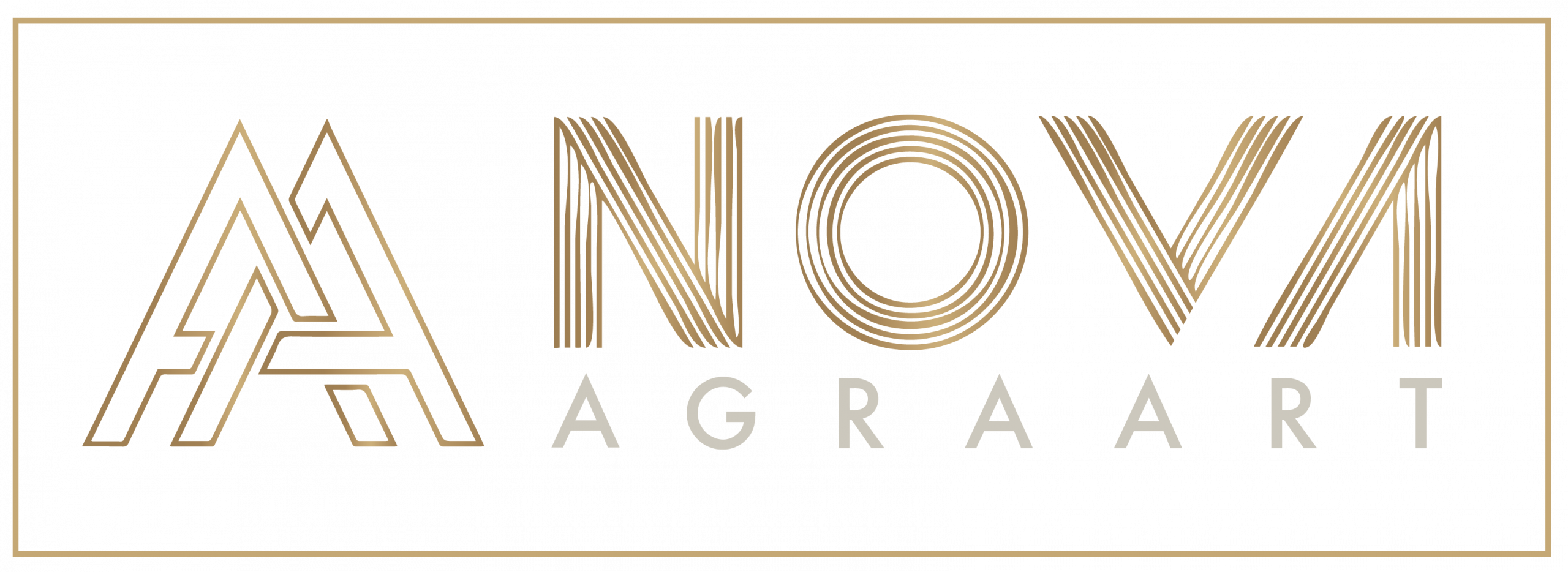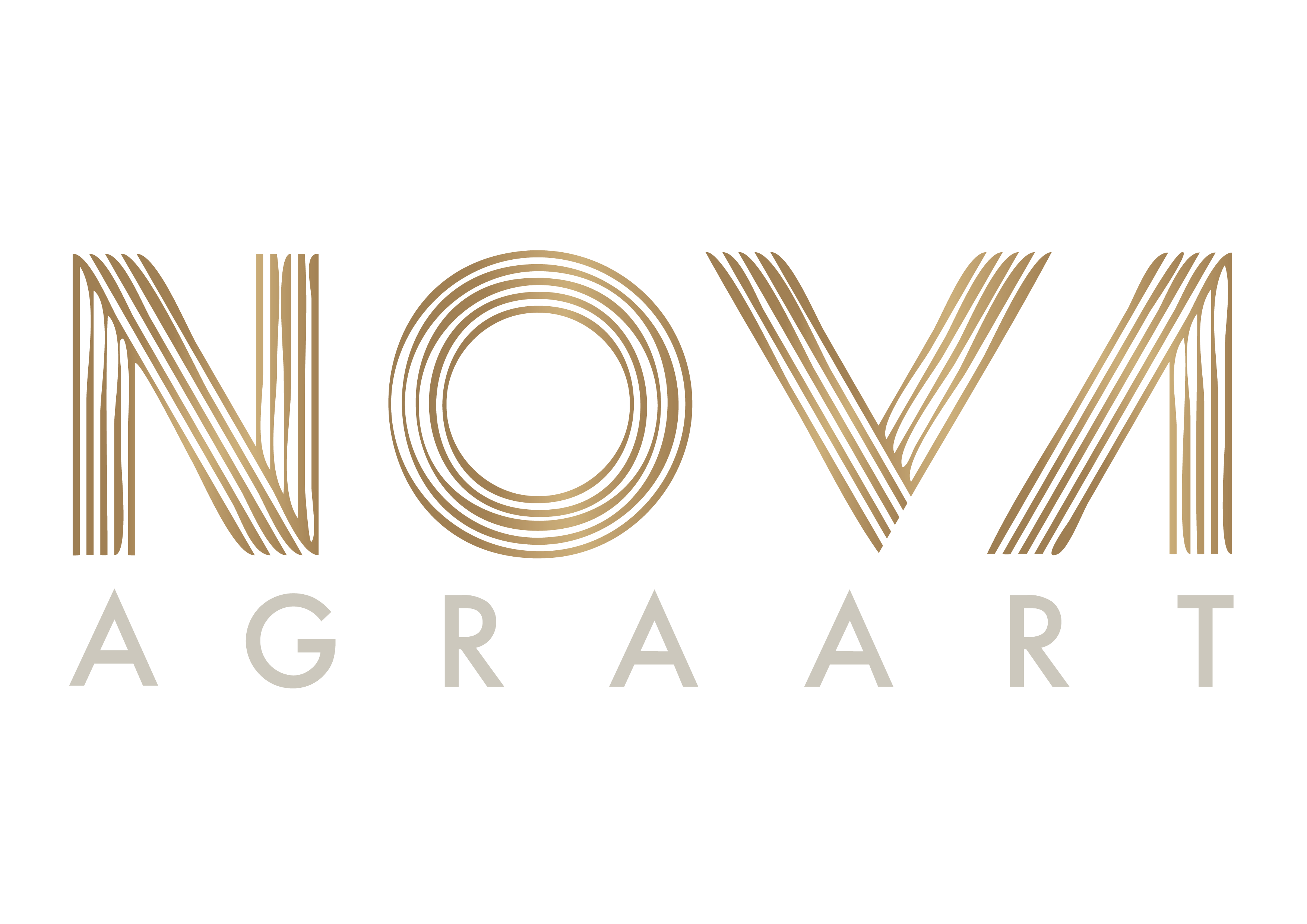Beksiński – Museum inkography
Japanese Collection, whose fascinating history has been described in detail here, has attracted the interest of collectors for years. Original paintings from this series enrich private collections, and in the public space their images are available mainly thanks to the documentation of the exhibition organized by Agra-Art in 2021.
Historical Museum in Sanok, which oversees the legacy of Zdzisław Beksiński, has taken a unique initiative to make selected works from this valued collection available to the public.
Agra-Art provided high-quality photographs and substantive studies, and BoSz Publishing House has produced professional inkography in a strictly limited edition – only 10 copies of each painting. This exclusive edition of inkography, thanks to its uniqueness and high quality of workmanship, will undoubtedly be well-received by enthusiasts of Zdzisław Beksiński's work. It also has the potential to become a valuable collector's item in the future.
BoSz Publishing House is the only company in Poland authorized to publish albums devoted to the work of Zdzisław Beksiński. Cooperation with the artist began in the mid-1990s and resulted in the publication of four albums, which were created with the artist's direct participation. After his death, the publishing house has continued its mission of promoting his work, publishing subsequent books and albums devoted to various fields of art practiced by Beksiński. Over the course of 30 years, the publishing house has published a total of 23 publications dedicated to his painting, photography, graphics and drawings.
The culmination of this mission is the release of an exclusive album, "Beksiński. Obrazy", in a deluxe version, which presents 530 of the artist's most important paintings on over 500 pages.
Moreover, as the only producer, BoSz Publishing House has the rights to print reproductions on canvas, calendars and posters with the artist's works, thus ensuring the highest quality and the best reproduction of the artist's original paintings.
The Historical Museum in Sanok is the exclusive heir and holder of the copyright of Zdzisław Beksiński.
Inkography – Collectible Value and Durability
Inkography, also known as giclée, is a limited print of exceptional quality, created based on an original work of art. It is issued in a limited edition, signed by the author, heir or entity managing the copyright. Thanks to the use of pigment inks with high UV resistance and specialist, acid-free paper, inkography is characterized by extraordinary color durability and high aesthetics. They allow for very detailed and faithful reproduction of original works. In the world of art, an original work is a unique item, available only to a select few. In the case of outstanding painters and their paintings, efforts have been made for centuries to somehow – of course, always imperfectly – enable contact and reception of these works by a wider audience. Reproductions of the original began to be created – the oldest attempts come from China in the 6th century, in Europe this practice appeared in the 14th century.
Albrecht Dürer (1471-1528), a pioneer of European graphic art, was not only a master of woodcuts and copperplates, but also a visionary who saw the enormous potential of reproduction in popularizing art. Dürer was the first to understand how much interest was aroused by graphic repetitions of the most valued works. By being able to reproduce images of his unique works (or create works intended exclusively for reproduction), the artist not only secured a steady income, but above all, made art accessible to a wider audience. His work revolutionized the way people could interact with works of art, making them more accessible and, to some extent, democratizing the previously elite world of art.
Although modern reproduction techniques have reached an unprecedented level of perfection, their fundamental goal remains unchanged: to make the master's vision available to the widest possible audience. After the artist's departure, responsibility for his legacy often falls on his heirs and museums, which, through carefully prepared graphic editions, play a key role in expanding access to his work. Thanks to their efforts, works of art that were originally available only to a select few become more accessible, allowing them to be experienced by a much wider audience and enriching social culture.
Museum Edition of the Japanese Collection incography
- Each incography is professionally framed.
- On the lower edge, below the printing area, there is a unique edition number (e.g. 1/10), the signature of the Director of the Historical Museum in Sanok and the MHS stamp.
- Each inkography is accompanied by a certificate confirming its number, origin (signature of BoSz Publishing House) and the consent of the Historical Museum in Sanok to use Zdzisław Beksiński's copyright.
In graphic techniques, first copy numbers traditionally, they enjoy the greatest appreciation among collectors. This is due to the fact that in the past, using techniques such as woodcut, metal engraving or lithography, the first prints were characterized by the highest quality. The reproduction process gradually wore out the matrix, causing the contours to be rubbed off and, as a result, the precision of the composition to be lost.
In the era of digital printing, although this aspect is of a conventional rather than technical nature, the “ones” still have the highest collector’s value.

